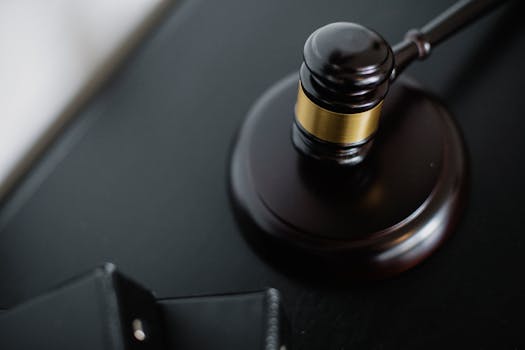
**
The Supreme Court's recent decision in [Case Name] has sent shockwaves through the political landscape, effectively weakening long-standing checks and balances on presidential power, a development that significantly boosts Donald Trump's influence, even as he faces multiple investigations and legal challenges. This ruling, impacting [briefly describe the area of presidential power impacted, e.g., executive privilege, access to documents, etc.], marks a significant shift in the balance of power in Washington D.C. and has sparked intense debate about the implications for future administrations.
The Supreme Court Ruling: A Breakdown
The Supreme Court's ruling, delivered on [Date of Ruling], focused on [Clearly state the core issue of the case]. A [Number]-to-[Number] majority opinion, authored by Justice [Justice's Name], argued that [Summarize the majority's reasoning, emphasizing key legal points and precedents cited]. The dissenting justices, [List dissenting justices], countered that [Summarize the dissent's main arguments, highlighting concerns about the precedent set]. This landmark decision overturned [mention any precedents that were overturned], potentially altering the legal landscape for decades to come.
Key Implications of the Ruling
Expanded Executive Privilege: The ruling significantly broadens the scope of executive privilege, potentially shielding future presidents from congressional oversight and judicial review. This raises concerns about accountability and transparency.
Weakened Congressional Oversight: The decision limits Congress's ability to investigate the executive branch, hindering its oversight function and potentially allowing misconduct to go unchecked. This directly impacts investigations into [Mention specific investigations affected, e.g., the January 6th Committee, etc.].
Increased Presidential Authority: The ruling empowers the executive branch, granting the president greater autonomy in decision-making and reducing the influence of other branches of government. This strengthens the office of the presidency, irrespective of the individual occupying it.
Potential Impact on Future Cases: The precedent set by this ruling could influence numerous future cases involving executive power, potentially shaping the relationship between the executive and legislative branches for years to come. This has significant implications for the upcoming election and beyond.
Donald Trump and the Implications
The timing of this ruling is particularly significant given Donald Trump's ongoing legal battles and potential future presidential ambitions. The weakened checks on presidential power directly benefit Trump, potentially shielding him from investigations and legal actions.
Trump's Legal Battles and the Ruling
Trump faces numerous investigations and potential legal challenges, including [List some key investigations and legal challenges, e.g., the Georgia election interference investigation, the January 6th investigation, etc.]. This Supreme Court decision might directly or indirectly impact these investigations, potentially limiting the ability of investigators to access crucial evidence or witnesses.
Political Fallout and Public Reaction
The ruling has sparked outrage and controversy across the political spectrum. Democrats have criticized the decision, arguing it undermines democratic institutions and empowers authoritarian tendencies. Republicans, on the other hand, largely celebrate the ruling, praising its strengthening of the presidency. Public reaction has been equally divided, with strong opinions expressed on both sides of the aisle.
The Future of Checks and Balances
The Supreme Court's decision raises serious questions about the future of checks and balances in the American political system. The potential for executive overreach has become a significant concern. This decision underscores the ongoing debate about the appropriate limits of presidential power and the need for robust oversight mechanisms.
Moving Forward: Reassessing Presidential Power
This landmark ruling necessitates a re-evaluation of the balance of power in the American political system. Experts are now debating the implications for future administrations and the potential need for legislative action to counter the effects of this decision. The ongoing discussions about the scope of executive privilege and the role of Congress in investigating presidential actions will undoubtedly shape the political landscape in the coming years.
Potential Legislative Responses
Congress may attempt to pass legislation aimed at strengthening oversight mechanisms and limiting executive power. However, the effectiveness of such measures will depend on the political climate and the composition of Congress.
The Role of Public Opinion
The public's reaction to this ruling will play a crucial role in shaping future political discourse and policy decisions. Continued public engagement and vigilance are essential in ensuring accountability and transparency in government.
Conclusion: A Shifting Landscape
The Supreme Court’s decision represents a significant turning point in the balance of power in the United States. The weakened checks on presidential authority, particularly relevant in the context of Donald Trump’s ongoing legal and political challenges, marks a pivotal moment in American political history. The long-term consequences of this ruling remain to be seen, but it undoubtedly sets a new precedent that will profoundly impact future administrations and the very fabric of American democracy. The ongoing debate about the implications of this ruling will continue to dominate political discussions for years to come, highlighting the ever-evolving dynamic between the branches of government and their respective powers.




















